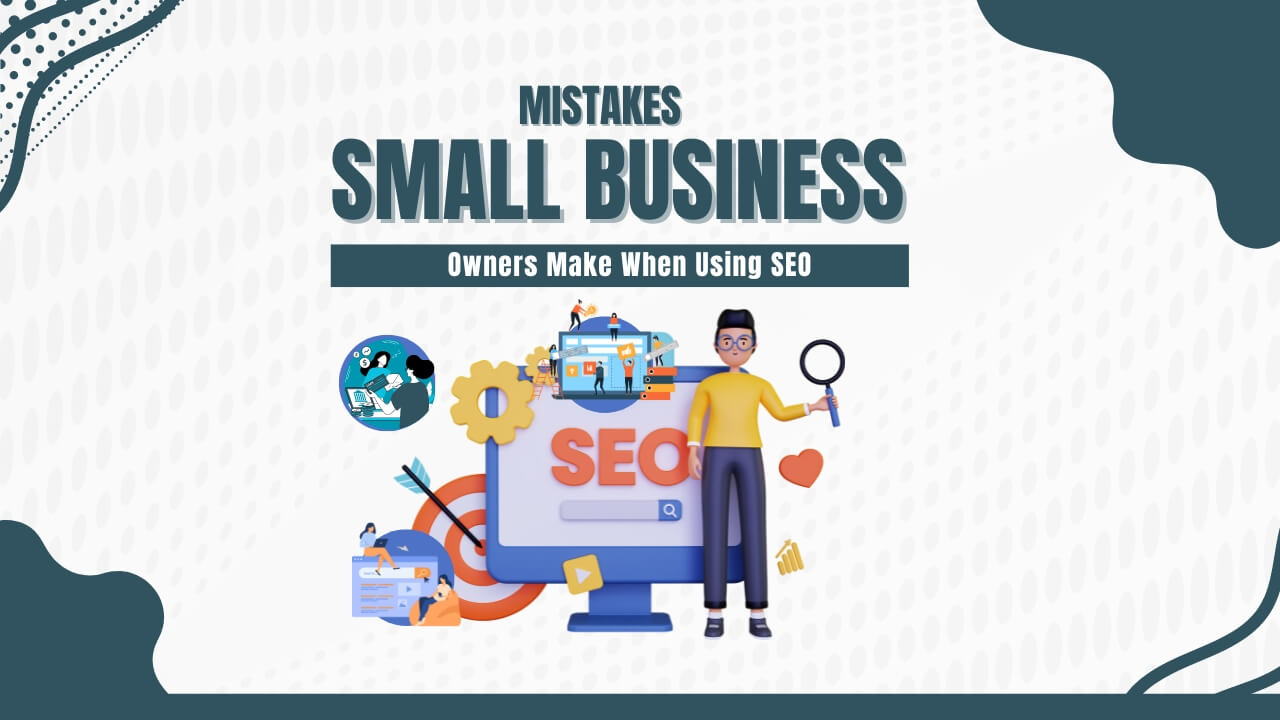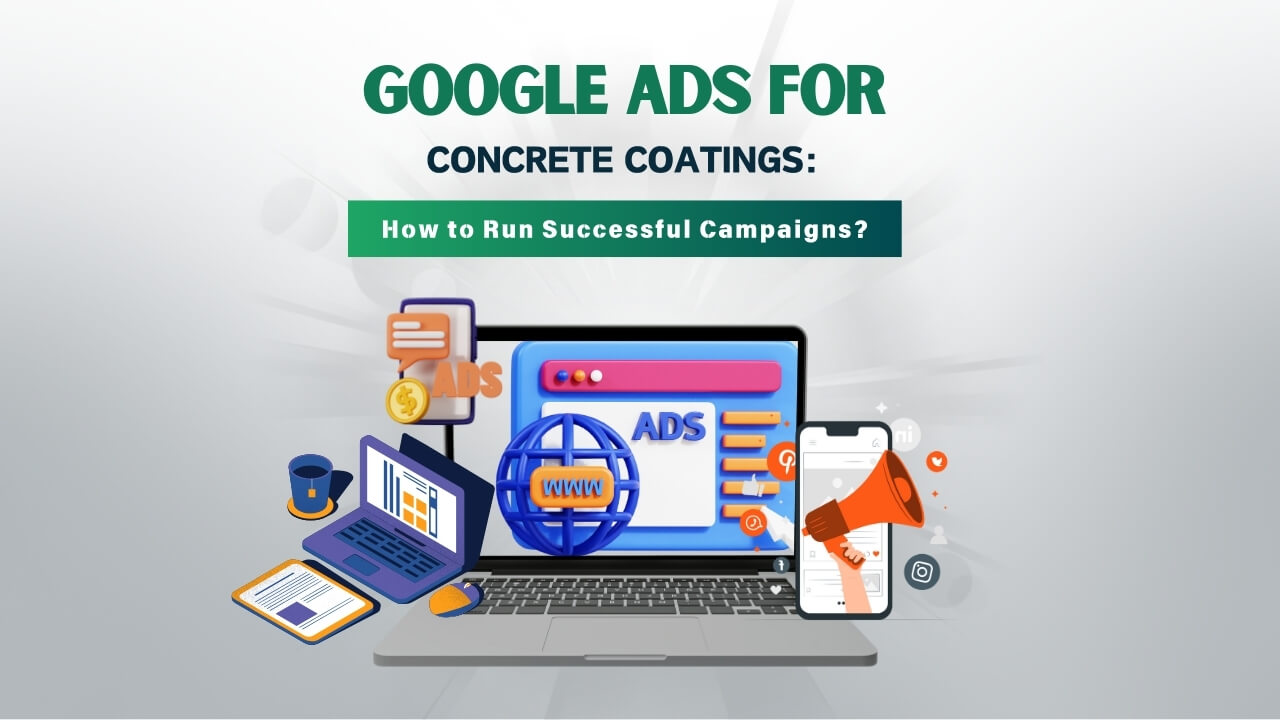Introduction
In the rapidly evolving landscape of digital marketing, the ability to adapt and choose the right advertising platform is paramount for businesses aiming for growth.
This journey of evolution has seen the digital advertising sphere morph from simple banner ads to sophisticated platforms offering various targeting options and analytics.
At the forefront of this evolution stand Google Ads and the Google Marketing Platform, two powerhouses that have reshaped how business reaches their targeted audience effectively.
Google Ads, also known as Google AdWords, revolutionized digital advertising by allowing businesses to display ads across Google’s wide range of networks which includes search engines and other websites.
Meanwhile, the Google Marketing Platform merges various tools and services into an integrated suite, enabling a more detailed approach to digital marketing and analytics.
Choosing the right platform also depends on your business needs, audience, and marketing goals. This detailed guide aims to elucidate the nuances of Google Ads and Google Marketing Platform, offering valuable insights into how each can cater to different aspects of your digital marketing strategy.
Understanding Google Ads
Google Ads is one of the vital platforms in the realm of digital marketing, offering various powerful tools for businesses to effectively increase their online visibility and to connect with potential customers at the peakest moment.
It is mainly based on the pay-per-click model, meaning advertisers pay a fee each time when someone clicks on their ads.
This model allows for precise budget control and high ROI potential, as funds are expended only when someone interacts with the ad directly. Below, lets dive deeper into the key features of Google Ads, exploring how each can be leveraged to benefit businesses.
Key Features
Search Ads
Search Ads are one of the most well known features of Google Ads. These ads appear at the top or bottom of Google search results when someone searches with the related keywords of the products or services being advertised.
This type of ad is highly effective as it displays relevant offerings to potential customers who are already expressing interest in your product and serivces.
To maximize the effectiveness of Search Ads, advertisers do use keyword research tools provided by Google Ads to identify the terms and phrases their customers are using to search their particular product.
They can effectively bid on these keywords, with the aim of having their ads being displayed when someone searches in Google search using these related keywords.
The position of an ad in the search results mainly depends on various factors, such as the relevancy of the ad to the search query, the quality of the landing page, and the amount of the bidding.
Display Ads
Display Ads do provide more visual advertising options, which appears on the websites within the Google Display Network. This network is mainly connected with two million websites effectively reaching over 90% of Internet users worldwide.
Display Ads can be mainly in the form of images, banners, or videos, and they can be targeted to appear on specific types of websites, to certain audiences, or in particular geographic areas.
The strength of Display Ads mainly lies in the ability to raise brand awareness and re-engage visitors. They’re particularly useful for retargeting, which involves showing ads to users who had previously once visited your website, encouraging them to purchase something and to turn that lead as a successful one.
Video Ads
Video Ads are mainly displayed on YouTube and across Google’s network of video partners. These ads are of two types, one is skippable after five seconds and other one is non-skippable, offering versatility in approach.
Video Ads are an excellent way to engage your potential customers, as they allow for creative storytelling and can convey a lot of information in a short amount of video format that too with less time consumption.
Advertisers can basically target their ads based on the demographics, interests, and user behavior, ensuring that their messages are reached to the most relevant audience. The visual and auditory nature of video content will help you to increase recall and recognition, making it a one of the powerful tools to build brand awareness.
Shopping Ads
Shopping Ads display product listings directly in Google search results and on Google Shopping.
These ads basically include some of the basic product information, such as images, prices, and business names, without requiring the user to click through to a website.
This feature offers a direct route from discovery of the product to direct purchase, making it easier for consumers to make informed buying decisions.
Shopping Ads are basically managed through the Google Merchant Center, where businesses can upload their product catalogs. These ads are then automatically created based on the product data provided. Shopping Ads are particularly effective for retail and e-commerce businesses looking to drive sales and increase visibility for their products.
Benefits of Google Ads
Using Google Ads can significantly increase the website visibility and to drive more and more targeted traffic. Its pay-per-click model ensures that you have to only pay when someone clicks on your ads, making it one of the most cost-efficient methods to drive direct sales and leads.
To harness the full potential of Google Ads and to maximize the return on investment (ROI), advertisers must employ a strategic approach.
Implementing best practices can improve the performance of your campaigns, ensuring that your advertising budget is not only spent wisely but also gives you tangible results.
Below are some of the key strategies to effectively optimize your Google Ads campaigns for better performance and to get higher conversions.
Optimize Ad Copy and Landing Pages for Conversions
- Clear and Compelling Ad Copy: Your ad copy should clearly articulate the value proposition of your product or service. It should be compelling enough to encourage users to click through your ad. So for that you need to use strong call-to-actions (CTAs) that prompt immediate responses, such as “Buy Now,” “Sign Up Today,” or “Get a Free Quote.”
- Relevance:Do ensure that your ad copy is directly relevant to the keywords you are bidding on. This increases the likelihood of your ads being clicked and also improves your Quality Score within Google Ads resulting in lower cost per click.
- Landing Page Alignment: The landing page to which your ad directs traffic should match the promise made in the ad. It should provide the information or product promised and make it easy for visitors to take their next effective step, whether making a purchase, signing up for a newsletter, or requesting more information.
- Optimization for Conversion: Your landing pages should be clearly optimized for conversions. Which includes having a clear and concise layout, fast loading times, mobile responsiveness, and prominently displayed CTAs.
Use Keyword Research to Target the Right Audience
- Comprehensive Keyword Research: Utilizing tools like Google’s Keyword Planner to find which keywords are more relevant to your ads and have a significant search volume. It is highly recommended to look for long-tail keywords that may have lower search volumes but are more specific and less competitive, often leading to higher conversion rates.
- Keyword Match Types: Do properly understand the keyword match types (broad, phrase, exact, and negative) effectively to control who is engaging with your ads. This helps in targeting the users who are more precisely based on their search intent.
- Search Intent: Tailor your keywords and ad copy based on the search intent (informational, navigational, transactional) to effectively meet the needs of your audience and to increase the likelihood to get conversion.
Continuously Monitor and Adjust Bids for Better Performance
- Bid Strategy: Choose a bid strategy that aligns with your campaign goals. Google Ads offers several automated bid strategies that adjust your bids in real-time to optimize for conversions, clicks, impression share, or conversion value.
- Adjust Bids for Keywords: Do regularly review the performance of your keywords and do adjust the bids accordingly. Increase the bids based on the high-performing keywords to capitalize on their success, and decrease bids or pause low-performing keywords to reduce wastage of your effective budget.
- Use of Ad Scheduling: Adjust bids based on the time of day or day of the week when your ads are more likely to convert. Ad scheduling can help you focus your budget on the times when you’re most likely to reach your target audience.
- Geographic Targeting: Do consider adjusting the bids for different geographic locations based on their performance. You may want to increase your bids in areas where your ads are performing well and decrease them in the lower-performing regions.
Implementing these best practices requires continuous testing and proper analyzing. By effectively optimizing the ad copy and landing pages, targeting the right audience through detailed keyword research, and regularly adjusting bids for optimum performance, advertisers can enhance the effectiveness of their Google Ads campaigns and can easily achieve their business objectives.
Exploring Google Marketing Platform
The Google Marketing Platform is a unified advertising and analytics platform for smarter marketing and better results. It’s designed for businesses seeking an integrated approach to marketing, combining analytics, insights, and optimization tools into a single suite.
Key Components:
The Google Marketing Platform is basically a comprehensive suite that brings together various tools and solutions under a single umbrella, mainly aims to enhance the marketing efforts through valuable insights and integrated strategies.
This platform is mainly beneficial for businesses which are mainly looking to streamline their digital marketing initiatives, offering capabilities that range from analytics and reporting to optimization and media buying.
Further Let together dive and have a look into the key components of the Google Marketing Platform and explore how each platform contributes for efficient and smarter marketing to get an improved results.
Google Analytics
Google Analytics as you know is basically a cornerstone of the Google Marketing Platform, providing detailed insights of their website traffic, user behavior, and the effectiveness of online marketing campaigns.
It enables marketers to understand how visitors are effectively interacting with their websites, which pages they are visiting, how long they are staying in the website and last but not the least what all actions they are taking.
This effective data is very important to make informed decisions about how to improve the website and optimize the user experience to increase conversions and achieve business objectives.
Data Studio
Data Studio mainly turns the data into informative, easy-to-read, and easy-to-share reports and dashboards. It allows marketers to get a visual view of their data in a variety of different formats like charts, graphs, and tables, making it easier to interpret complex datasets.
Data Studio mainly supports data from a wide range of sources, not just Google products, enabling comprehensive reporting that can include metrics from social media, CRM systems, and other third-party tools.
This integration capability makes it an invaluable tool for creating a holistic view of marketing performance.
Optimize
Optimize offers A/B testing, website testing, and personalization tools that allow businesses to experiment with different versions of their web pages to see which performs better and which among them are getting more engagement and conversion.
This component is directly integrated with Google Analytics, making it simple to use analytics insights to drive experimentation.
By testing different variations of content, layout, and design, marketers can easily determine the most effective elements that contribute to a superior user experience and higher conversion rates.
Tag Manager
Tag Manager helps to simplify the process of managing website tags without modifying the code. This is basically useful for marketers who are looking to effectively track the conversions, site analytics, remarketing, and more, without relying on web developers.
Tag Manager supports not only Google tags but also third-party tags, providing a versatile solution to manage multiple tracking codes. This mainly helps in speeding up the website and reducing the errors, leading to better performance and providing more accuracy in data collection.
Display & Video 360
Display & Video 360 is one of the comprehensive programmatic advertising platforms that enables the marketers to plan, execute, and measure display, video, and audio ad campaigns all over the internet.
It combines the features from Google’s DoubleClick Bid Manager, Campaign Manager, Studio, and Audience Center. This tool allows for real-time bidding, targeted advertising, and unified campaign management, and provides you valuable insights that will help you to refine your campaign strategies and improve your ad performance across screens and formats.
Search Ads 360
Search Ads 360 acts as a management layer above the Google Ads and other search engines, allowing it to manage multiple accounts. It mainly facilitates streamlined campaign management, reporting, and optimization across Google Ads, Bing Ads, and various other search platforms.
With features like advanced bidding strategies and cross-engine attribution, Search Ads 360 helps the advertisers to maximize the performance of their search campaigns and help you to get better insights into their effectiveness.
Comparing Google Ads and Google Marketing Platform
While both Google Ads and Google Marketing Platform serve to enhance digital marketing efforts, they both cater different needs and scales of operation.
Google Ads is mainly for businesses primarily focusing on direct advertising across Google’s networks.
On the other side, the Google Marketing Platform is mainly suitable for larger businesses or for those who need a comprehensive suite of tools for integrated marketing and analytics.
Choosing Between Them:
Deciding between Google Ads and Google Marketing Platform mainly depends on your business size, your business goals, and the internal capabilities.
Smaller businesses might start with Google Ads for direct advertising, while larger enterprises could first take benefit from the integrated analytics and various other marketing tools that are offered by the Google Marketing platform.
Case Studies and Success Stories
Exploring real-life examples provides valuable insights into how businesses achieve success using these platforms.
From small startups maximizing ROI with targeted search ads to large corporations leveraging the full suite of tools in Google Marketing Platform for global campaigns, the diversity of success stories illustrates the platforms’ flexibility and power.
Conclusion
Understanding Google Ads and Google Marketing Platform is crucial in navigating today’s digital advertising landscape.
Each offers unique strengths, from targeted advertising with Google Ads to comprehensive analytics and marketing solutions with Google Marketing Platform.
By considering your business’s specific needs and objectives, you can make an informed decision on which platform will best support your digital marketing strategies, paving the way for growth and success in the digital realm.






